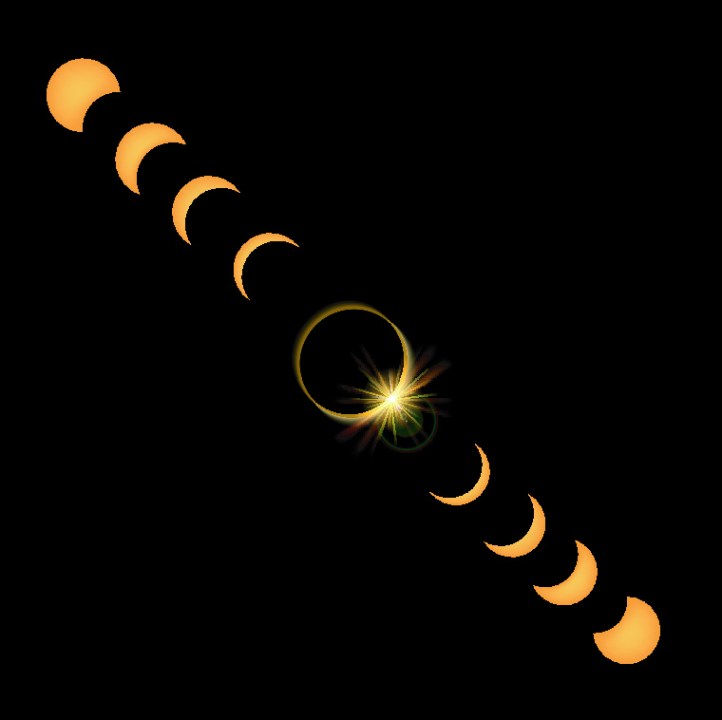TAMPA, Fla. (WFLA) — The “Great American Eclipse” of 2017 passed over much of the country, dazzling us for two minutes and 40 seconds with the moon blocking out all but the fiery corona of our sun.
Now, we have more excitement to look forward to! In just one year—on April 8, 2024—another solar eclipse will make its way across much of America. And you won’t want to miss it. After that, we won’t be able to see another total solar eclipse from North America until 2044!
The path of totality stretches from Mexico to Maine. We will have to travel to see totality because the path doesn’t touch Florida.
Is it worth it to travel to see totality? Absolutely.
The best way I can describe the difference between a partial eclipse and a total solar eclipse is a sports analogy.
A partial eclipse is like tailgating at a football game: it’s fun, you are outside the stadium and you enjoy yourself. A total solar eclipse is like catching Tom Brady’s game-winning touchdown in the Super Bowl. Mind-blowing, life-changing (for me at least)—an incredible experience that most people don’t get the chance to have.
If you are outside the path of totality, you will only see a partial eclipse. To view a partial eclipse, you must use special glasses to avoid injuring your eyes.

Consider the image above. If you are outside the path of totality, you will be able to see (with eclipse glasses) the moon moving in between you and the sun. How much the moon will cover the sun depends on your location and distance from the path of totality. If you are not within the path of totality, you will not see the center part of the image above, when the moon covers the sun entirely.
If you do travel to the path of totality, you will watch (with eclipse glasses) the moon start to encroach on the sun, but eventually, for over 4 minutes, the sun will completely block out the moon, except for white flame-like tongues of the corona of the sun, creating a halo around the moon. The skies will be dark, you will be able to see the brightest stars and planets. All around the horizon, for 360° there will be tinges of dusk.
If you’re interested in traveling to see the 2024 eclipse, plan ahead. Hotels are expensive and hard to come by near the path of totality.

While I always think weather is incredibly important, in a solar eclipse, clouds make the difference in actually being able to see it or not. People will study the average cloud cover for the day and the path of totality to make their travel plans.
The upcoming eclipse should be even better than the last. Along the peak areas in the U.S., the time of totality is close to two minutes longer than the previous eclipse in 2017. The 2024 eclipse will have four minutes and 28 seconds of totality while the 2017 eclipse at peak had two minutes and 41 seconds of totality.
Is it 2024 yet?! I can’t wait.






